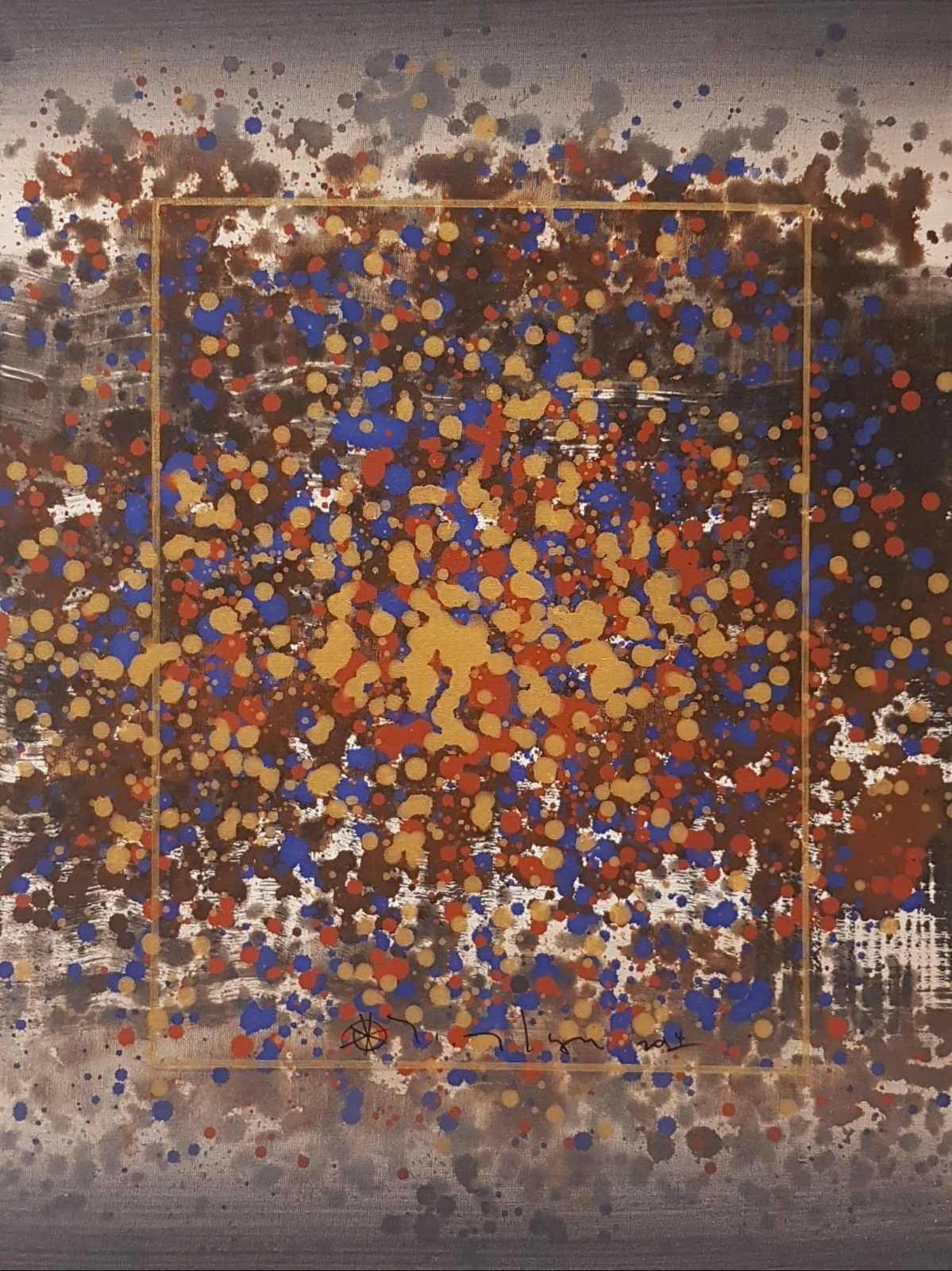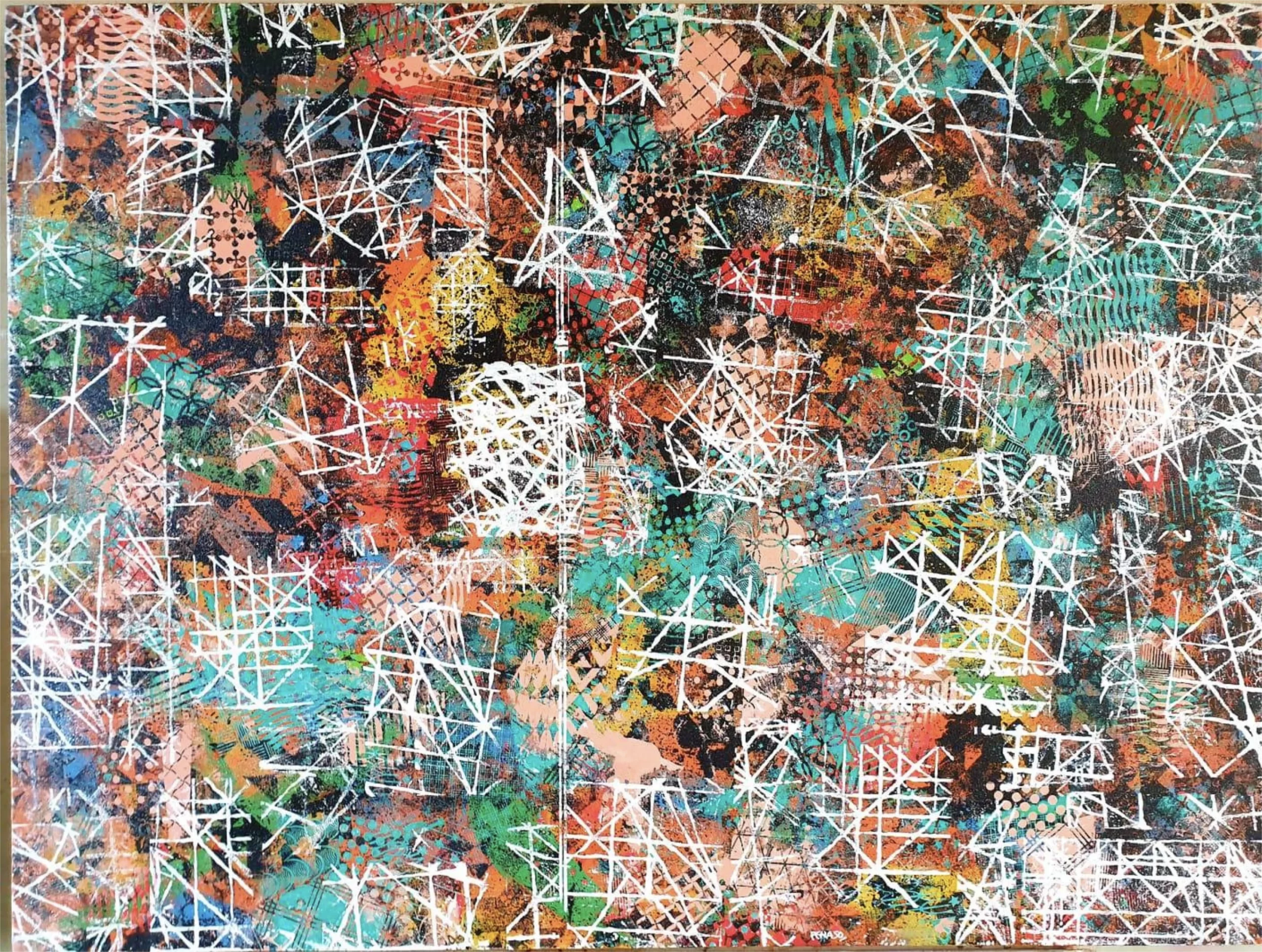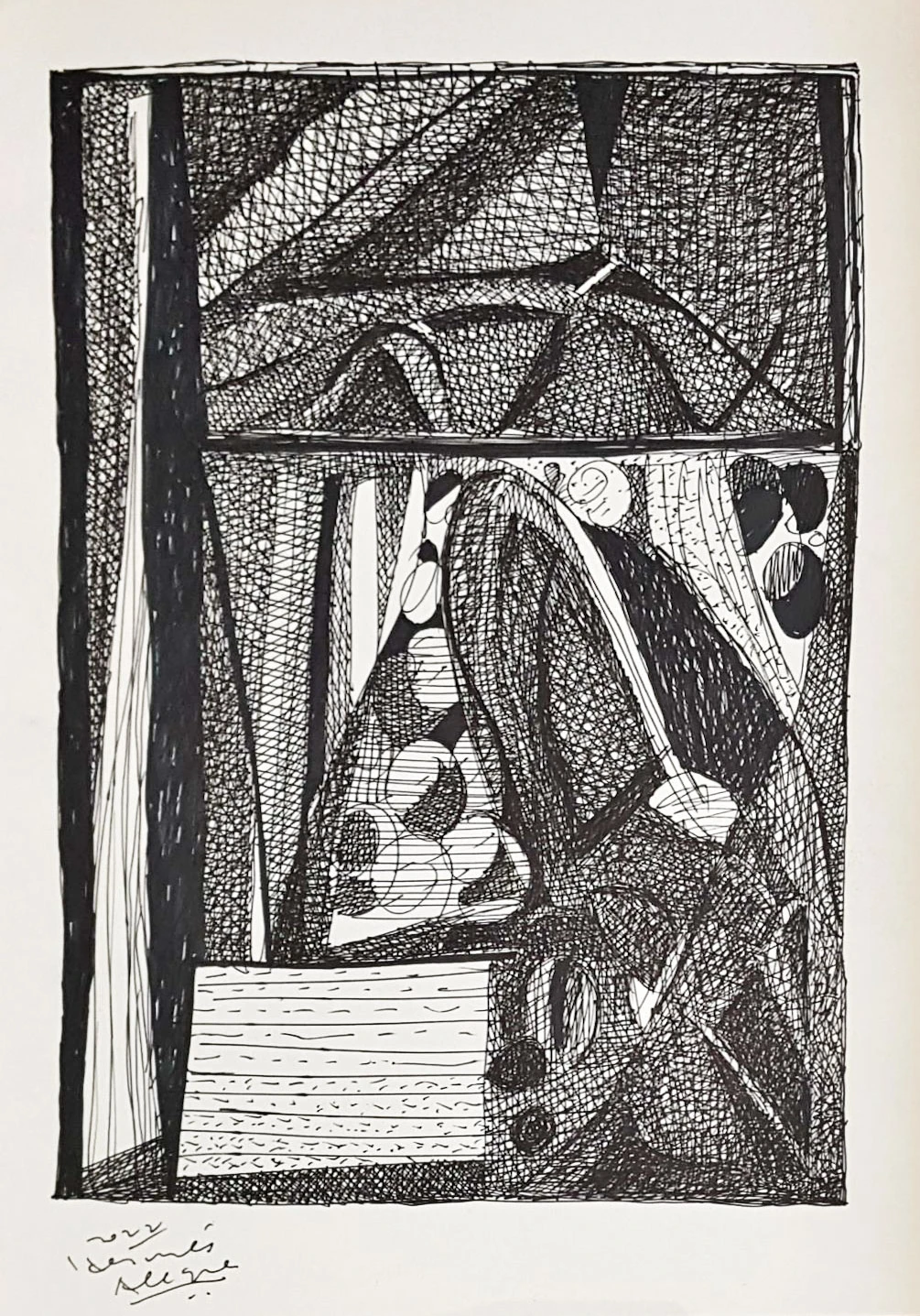Art Talks
The Importance of Provenance in Artworks: Supporting Artists and Preserving Art History

“On Blue Sienna and Umber (B)”
24″ x 18”
Acrylic on Canvas
2024
The provenance of an artwork—its documented history of ownership, exhibition, and origin—plays a pivotal role in the art world. For collectors, curators, and galleries, provenance is more than just a technical detail; it is a crucial element that ensures authenticity, supports the artist’s legacy, and maintains the integrity of the art market. While provenance can often seem like a behind-the-scenes concern, its significance is far-reaching and deeply impacts both the value and ethical standing of art.
1. Ensuring Authenticity and Legal Ownership
Provenance is the primary tool for verifying the authenticity of a work of art. In an industry where counterfeit and misattributed pieces are a persistent problem, knowing the history of a piece helps verify that the artwork is what it claims to be. Whether through records of previous owners, gallery sales, auction histories, or documentation from experts, a strong provenance can confirm that a work is genuine.
Beyond authentication, provenance also ensures that the artwork has clear legal ownership. This is especially important in the art market, where ownership disputes can be costly and damaging. With documented provenance, buyers can feel confident that the piece they are acquiring is free of legal complications, including disputes over stolen or looted art.
2. Supporting the Artist’s Legacy
One of the most meaningful aspects of provenance is its ability to support and preserve the artist’s legacy. A well-documented history helps chart the journey of an artwork from its creation to its sale, exhibiting, or donation. This record can elevate the artist’s reputation, providing a timeline of recognition and success.
For contemporary artists, knowing that their work is collected and properly tracked also ensures that their intellectual and financial rights are upheld. In cases where artists are still living, a strong provenance allows them to trace how their work has been received and whether it has been properly valued and respected. This traceability not only safeguards the artist’s rights but also supports their ability to continue working without the risk of exploitation or misrepresentation.
Furthermore, supporting an artist through their provenance helps promote fair compensation. When artwork is consistently documented, artists can sometimes benefit from resale royalties (especially in certain jurisdictions where resale rights are granted), meaning they receive a percentage whenever their work changes hands in the secondary market. This direct financial benefit underscores the importance of clear provenance.
3. Enhancing the Artwork’s Value and Marketability
Provenance plays a vital role in determining the market value of an artwork. Art buyers, especially in the high-end market, are often willing to pay more for a piece that has a strong and verifiable history, knowing that the artist’s work has been carefully tracked and valued. This, in turn, can influence the art’s placement in galleries, museums, and private collections, all of which can add to its prestige and desirability.
Moreover, provenance can help establish the significance of a particular piece within an artist’s broader body of work. For example, if an artwork has been part of a major exhibition or is connected to a pivotal moment in the artist’s career, it gains added cultural and historical importance. This not only strengthens the artwork’s place in art history but can increase its financial worth as well.

“Unknownscape”
48” x 36”
Acrylic on Canvas
2021
4. Preventing the Trade of Stolen or Illegally Acquired Art
A critical ethical aspect of provenance is its role in preventing the trade of stolen or illicitly obtained artworks. Many art markets have been plagued by the circulation of looted art—especially from times of conflict or colonial exploitation. Provenance research helps to ensure that artworks being bought and sold are not stolen or unlawfully removed from their countries of origin. This is especially crucial in the context of cultural heritage and restitution.
By tracing the ownership history of an artwork, collectors and institutions can help combat the trafficking of illicit art and avoid supporting criminal networks. This also ensures that cultural treasures, particularly those from historically marginalized regions, are returned to their rightful owners or institutions, thus promoting respect for cultural heritage.

“STUDIO WINDOW”
12″ x 8″
Ink on paper
2022
5. Promoting Transparency and Trust
Provenance fosters transparency within the art world. Buyers and collectors expect to make informed decisions about the artworks they acquire, and a clear and credible provenance establishes trust between sellers, buyers, and galleries. In an industry that can sometimes be opaque, a well-documented history ensures that everyone involved in the sale or exhibition of a work of art is held accountable.
When provenance is disclosed, it reassures buyers that they are not only getting a genuine piece but are also engaging in an ethical transaction. This transparency is vital in maintaining a healthy art market, where trust is a foundational principle.
6. Building Connections Between Art and Culture
In addition to ensuring an artwork’s authenticity, provenance connects the piece to its cultural and historical context. This is especially true for artworks with long or rich histories, which may have passed through different collectors, exhibitions, or even countries. Each of these moments in an artwork’s history can add to its narrative, offering new layers of meaning and connection to the world around it.
By understanding the provenance of an artwork, we gain insights into its role within broader cultural movements, social shifts, and artistic trends. This historical context not only adds to the artwork’s value but also deepens our appreciation for the piece, the artist, and the era in which it was created.
In the complex world of art, provenance is far more than a matter of paperwork—it is a cornerstone of trust, value, and ethics. Provenance ensures that an artwork is authentic, legally owned, and ethically traded, while also supporting the artist and contributing to the preservation of art history. Whether you are an artist, a collector, or a museum curator, understanding and respecting the importance of provenance is essential in fostering a fair, transparent, and thriving art world. By properly tracing the origins of artworks, we not only protect cultural heritage but also ensure that the artists who create them are given the respect and compensation they deserve.

